The Sorbas caves were formed in an area of gypsum karst in the desert environment of Sorbas in Almeria province, Andalucia, southern Spain.
By Nick Nutter | Updated 23 Apr 2022 | Almería | Places To Go |
Login to add to YOUR Favourites or Read Later
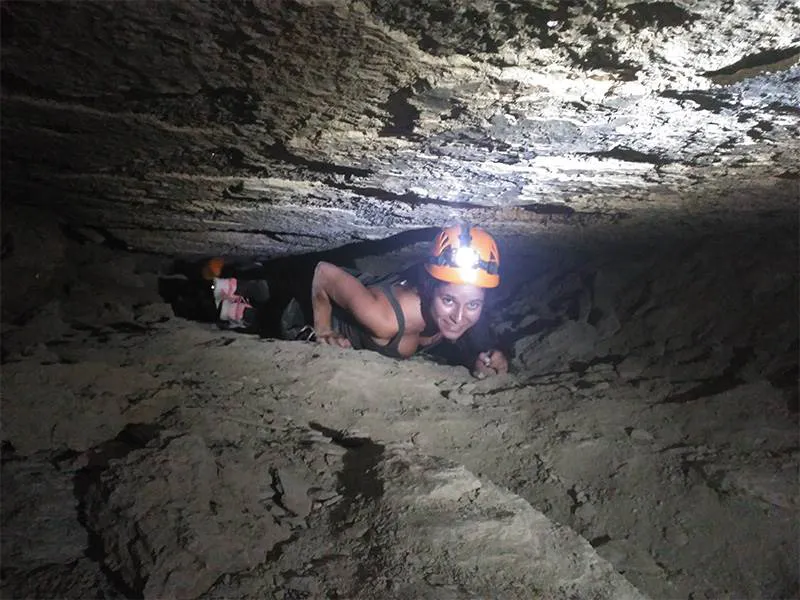
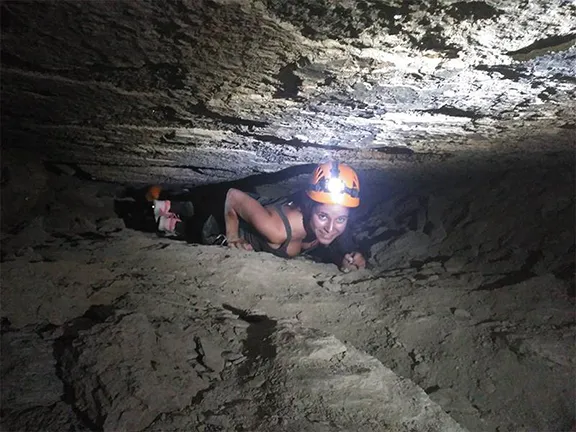
Sorbas Caves
When there is no light at all, and I mean none, no glimmer of a star, no flicker of a candle, nothing, it makes no difference whether your eyes are open or closed, everything is black. Combine that with the total absence of any noise, a silence normally only found in outer space, and your experience is as close to death as one could imagine. The only sensory input is one hand grasping a rock, without which you would fall over because the balance mechanism in your ears has no point of reference to tell it which way is up.
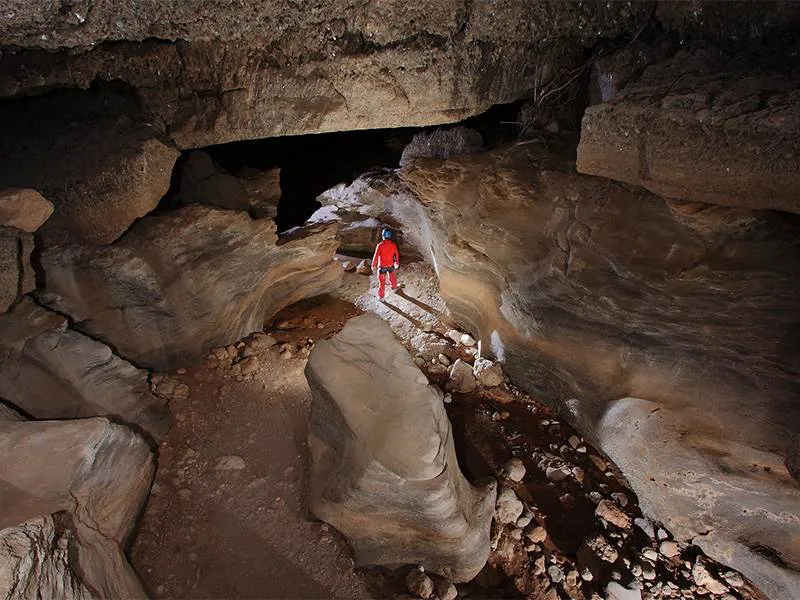
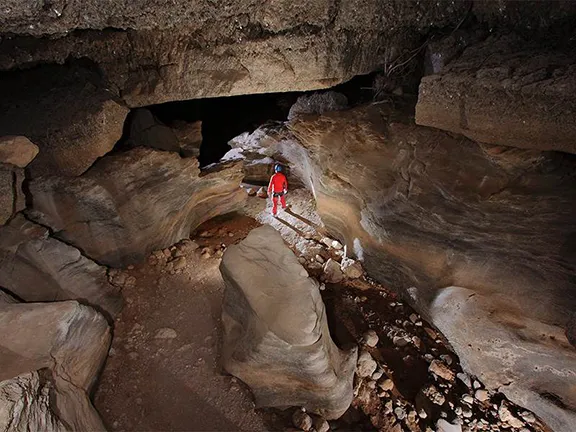
Cuevas de Sorbas
It is over 30 years since I did any serious caving, or spelunking as it is now known, so I was interested to see how Julie and I would cope with the caves at Sorbas. They are unlike any other caves open for visitors in that there are no ropes, no railings, no artificial steps, no laid paths and no fixed lighting. I was also intrigued by the fact that the cave is through gypsum rather than the more usual limestone. There are, apparently, only 5 gypsum caves in the world because the rock is so soft it easily washes away. The aridity at Sorbas has preserved this cave although on average, every 50 years, a flash flood will remove tons of material from the cave. The evidence of the last occasion, 2016, is all around you inside the passageways.
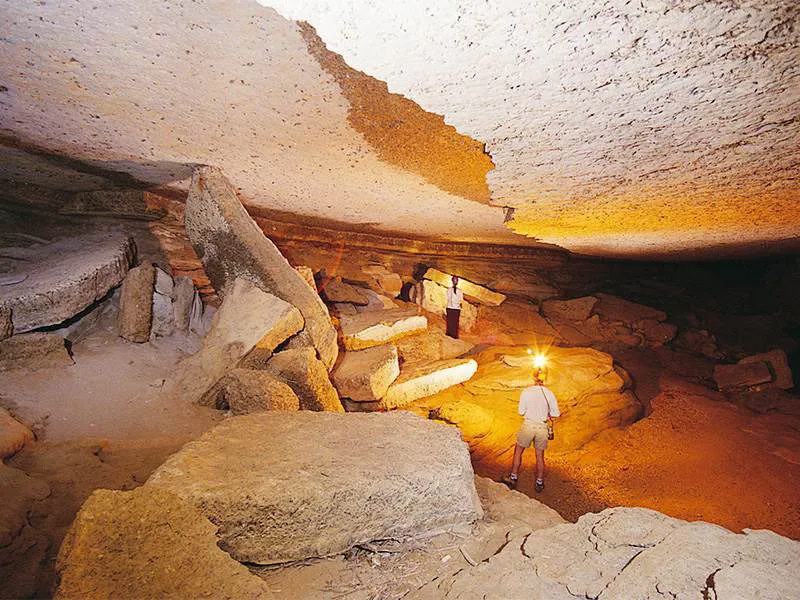
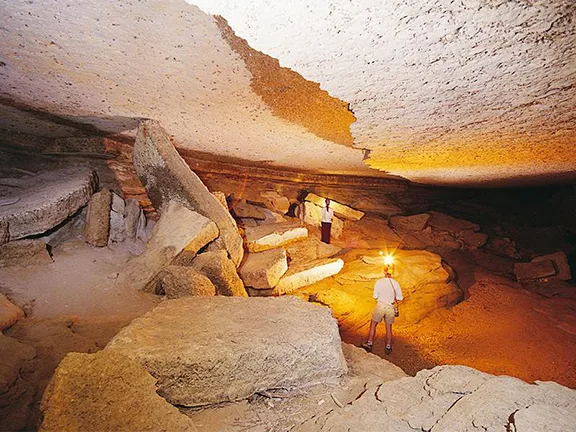
Gypsum Caves at Sorbas
There are three tours available, a basic, a combined and a technical, increasing in strenuousness and length. The technical involves a little rope work and abseiling. The basic route takes about 90 minutes from start to finish. I was pleased to see that, in true caving tradition, the start and endpoint is a bar.
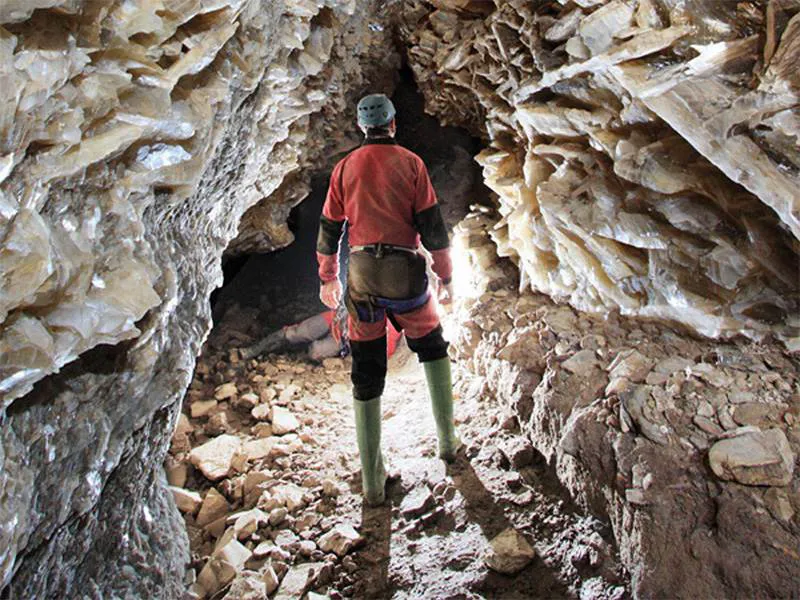
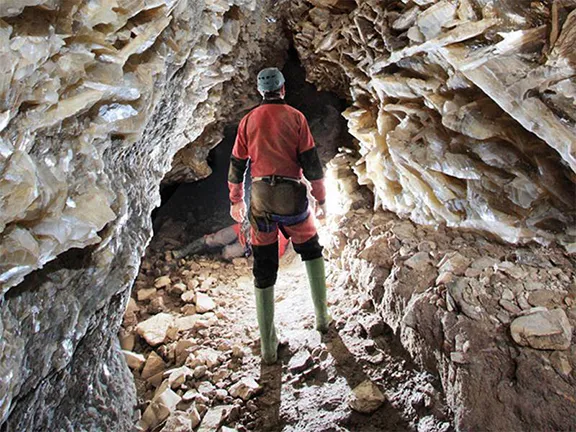
Sorbas Gypsum Caves
You are supplied with a helmet and battery-operated helmet light plus, a guide. We were the only English-speaking couple that day, so we had the guide to ourselves. She informed us that, during the summer, each party could be ten or fifteen people and 200 to 250 people went through the cave every day. She also spoke good English and had a wicked sense of humour, pointing out the inaccessible escape routes as we went along, giving advice as to what to do if we had an accident, that sort of thing. Oh, and having us stand around in pitch darkness waiting for one of us to fall over.
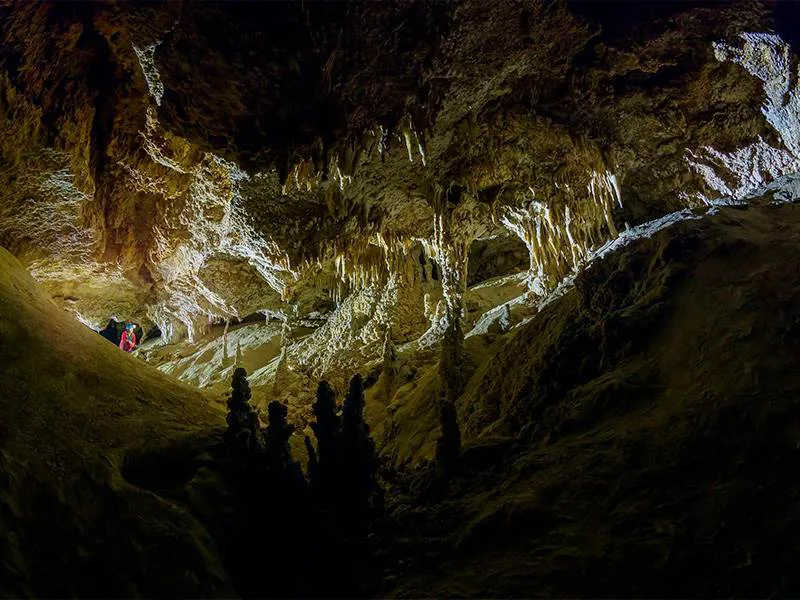
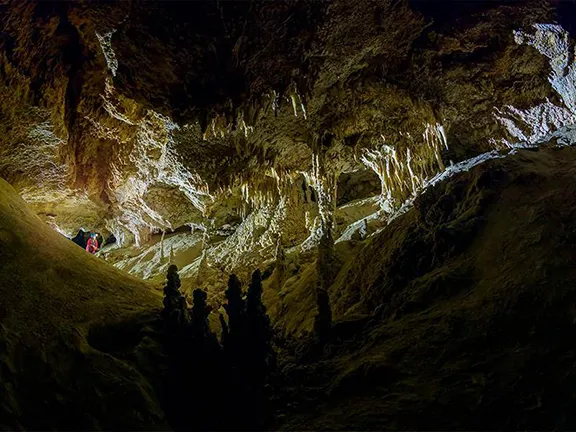
The basic route involves a bit of crouching, a bit of crawling and just one narrow section that lasts for less than 1 metre and can easily fit a slightly overweight 67-year-old. A tip here, wear old clothes. You are going to be covered in rock dust when you emerge. Caves are not normally visited by the fashion-conscious.
The cave itself is unlike any other I have seen. There are no stalagmites or stalactites or calcite curtains, (the technical tour does take you into a long dormant limestone cave where you will see such things). The aridity at Sorbas means there is little groundwater filtering through to the cave to create these formations that can take thousands of years per centimetre to grow. The periodic flash floods in this active cave wipe any budding stalagmite away before it can really get going. What you do see all around is the flash of reflected light off the gypsum crystals embedded in the matrix. It is a magical experience, similar to walking through a hall of mirrors.
Our guide also gave us a lesson on how to make plaster. She heated one of the calcium sulphate crystals with her cigarette lighter, that also served as an emergency light if all else failed, that drove off the water within and left a fine white powder, plaster of Paris. Simple when you know how.
Gypsum is a common sedimentary rock, calcium sulphate, that is laid down beneath seas that contain rock salt and sulphur, often associated with volcanic environments. It can be found as massive beds or as crystals or both. The Pulpi geode is unusual in that the bubble of super concentrated calcium sulphate solution was enclosed by molten rock during a volcanic eruption. The longer the salt solution takes to crystalise, the larger the crystals. Gypsum is very soft and soluble, so it is quickly eroded and washed away by the action of rainwater. Karstic formations of gypsum are therefore very rare, only found in desert-like environments such as Sorbas. Gypsum caves are always young caves on a geological scale, the ones at Sorbas are only 5 million years old.
Will I return for the technical? I am afraid so, caving is addictive.
Photography is not allowed inside the caves so the ones shown here are publicity shots.
Cave tours have to be booked so check the Sorbas Caves website here for availability and prices.